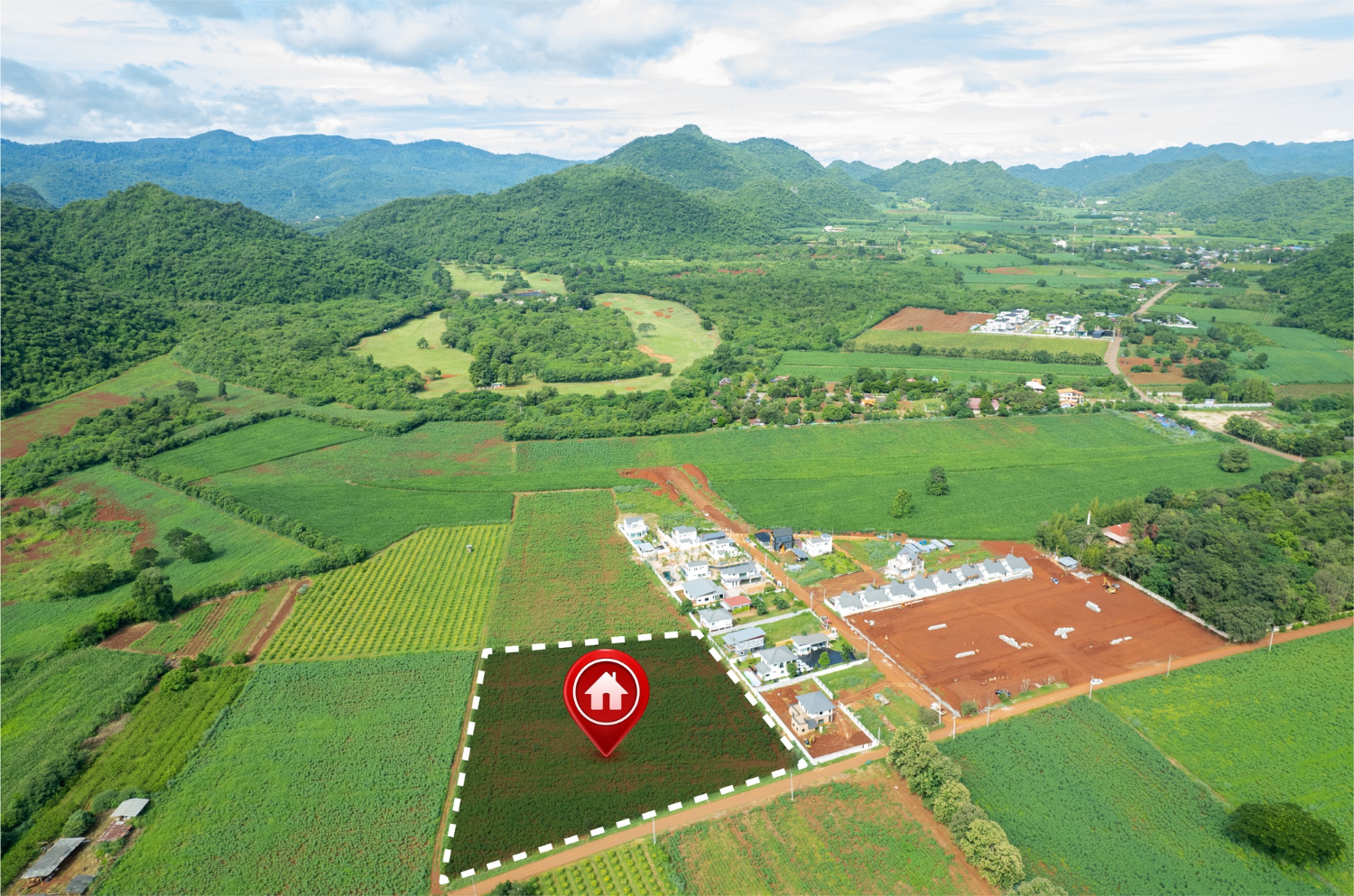When deciding whether to sell developed or undeveloped land, it’s essential to weigh the respective benefits and challenges of each. Developed land comes with utilities and structures that can attract a different set of buyers compared to raw, undeveloped land. Understanding these key distinctions can help inform a more strategic approach to marketing and selling your property.
Developed land is generally easier to sell because it is ready for use. Buyers often find it attractive because they can immediately build or start a business without worrying about the cost and effort of development. Utilities like water, electricity, and sewage systems are usually already in place, making it an appealing option for those who want to avoid the complexities involved in land development.
On the other hand, undeveloped land offers a blank canvas, providing potential buyers with the opportunity to mold the property according to their own vision. This type of land can often be sold at a lower price point, making it more accessible to a broader range of buyers. Investors may see undeveloped land as a lucrative opportunity due to its potential for significant appreciation over time.
Understanding Developed vs. Undeveloped Land
Developed land refers to property that has undergone significant changes and improvements, such as the construction of buildings, installation of utilities, and landscaping. This type of land often includes residential houses, commercial buildings, or other infrastructure. Developed land is typically ready for immediate use based on its zoning classification and is connected to public services like water, electricity, and sewage.
In contrast, undeveloped land remains in its natural state, without significant alterations or improvements. This land may lack basic utilities and infrastructure, making it a blank canvas for potential buyers. Undeveloped land can be used for various purposes, including agriculture, recreational activities, or future development. Understanding the key differences between these types of land is crucial, as it impacts their value, marketability, and potential uses.
Financial Considerations
When evaluating developed vs. undeveloped land, financial considerations play a significant role. Developed land usually comes with higher upfront costs due to existing structures and improvements. Buyers should consider the cost of maintenance and property taxes, which are typically higher for developed land. Despite these expenses, developed land can offer immediate income potential through renting or leasing existing structures.
Undeveloped land, on the other hand, has lower initial costs but may require significant investment for development and improvements. Buyers should factor in the cost of bringing in utilities, constructing buildings, and obtaining necessary permits. While this can be a substantial financial undertaking, the potential return on investment (ROI) can be high if the land is developed strategically. We need to weigh these financial considerations carefully to make informed decisions about purchasing or selling land.
Market Demand and Trends
Understanding current market demand and trends is crucial when selling land. Buyer preferences can vary greatly depending on the type of land. Developed land often attracts buyers looking for immediate use, such as residential or commercial purposes. Features like existing infrastructure, accessibility, and location can heavily influence buyer interest.
Undeveloped land appeals to a different market segment. Buyers seeking undeveloped land are often interested in future development opportunities, agriculture, or recreational use. Market trends can shift based on economic factors, population growth, and regional development plans. It’s important to stay informed about these trends and understand how they affect both types of land. Location plays a pivotal role; proximity to urban centers, schools, and transportation hubs can make a property more desirable.
Legal and Zoning Aspects
Navigating the legal and zoning aspects of selling land can be complex. Developed land usually has existing zoning classifications that dictate its use, whether residential, commercial, or industrial. Understanding these regulations is essential to ensure compliance and avoid potential legal issues. Sellers should provide clear documentation detailing zoning requirements and any restrictions that may apply.
For undeveloped land, zoning laws can be more challenging. Buyers need to be aware of the regulatory requirements for developing the land, including permits, environmental assessments, and community approvals. It’s crucial to conduct thorough due diligence before selling undeveloped land to identify any zoning restrictions or necessary permits. Consulting with local zoning authorities or legal experts can help in navigating these complexities and ensure a smooth transaction.
Conclusion
Selling land, whether developed or undeveloped, involves understanding various factors from market demand to legal considerations. By preparing the land properly, setting a competitive price, and leveraging digital marketing strategies, we can attract the right buyers quickly and efficiently. Staying informed about current trends and regulatory requirements further supports a smooth sale process.
At 7Land Corp, we specialize in assisting landowners through every step of selling land, regardless of its condition. Our expertise ensures that you can sell your property without complications or extensive effort. If you’re ready to take the next step in selling your land, visit our website at 7Land.com to learn more about how we can help you achieve your goals. Let us make your land-selling experience seamless and successful.




